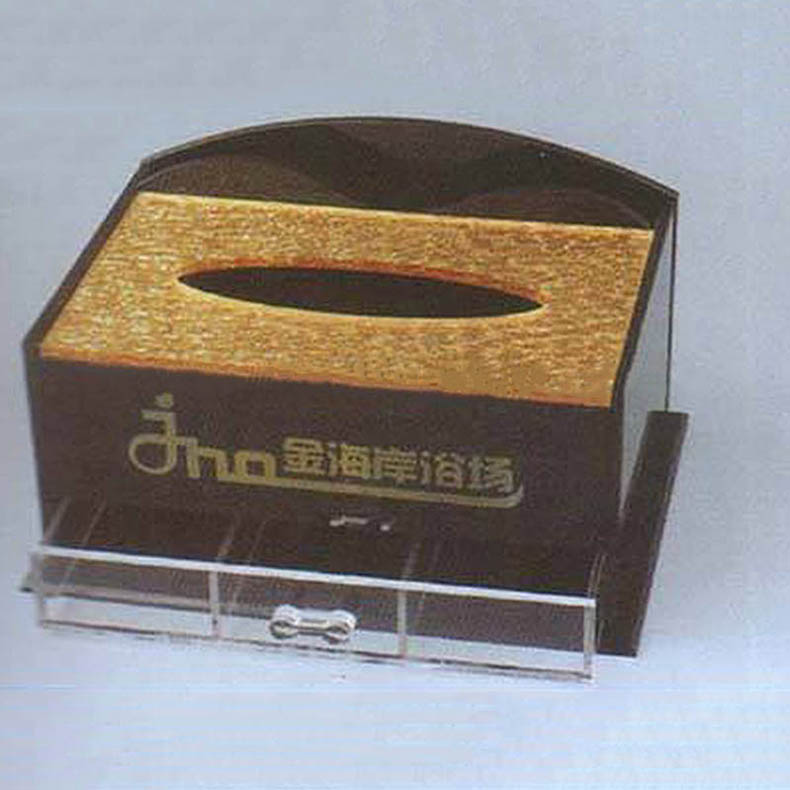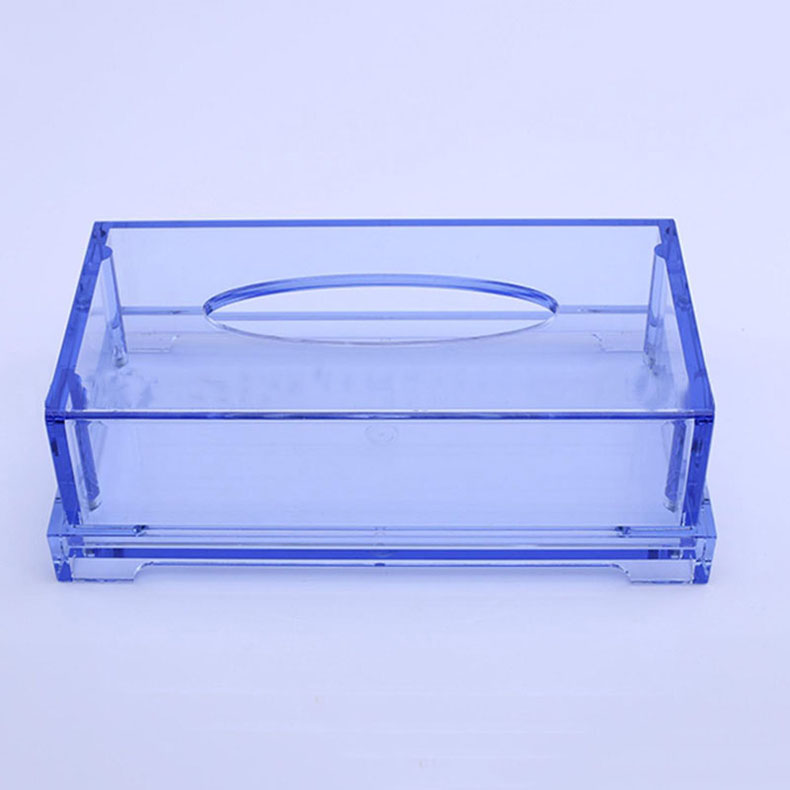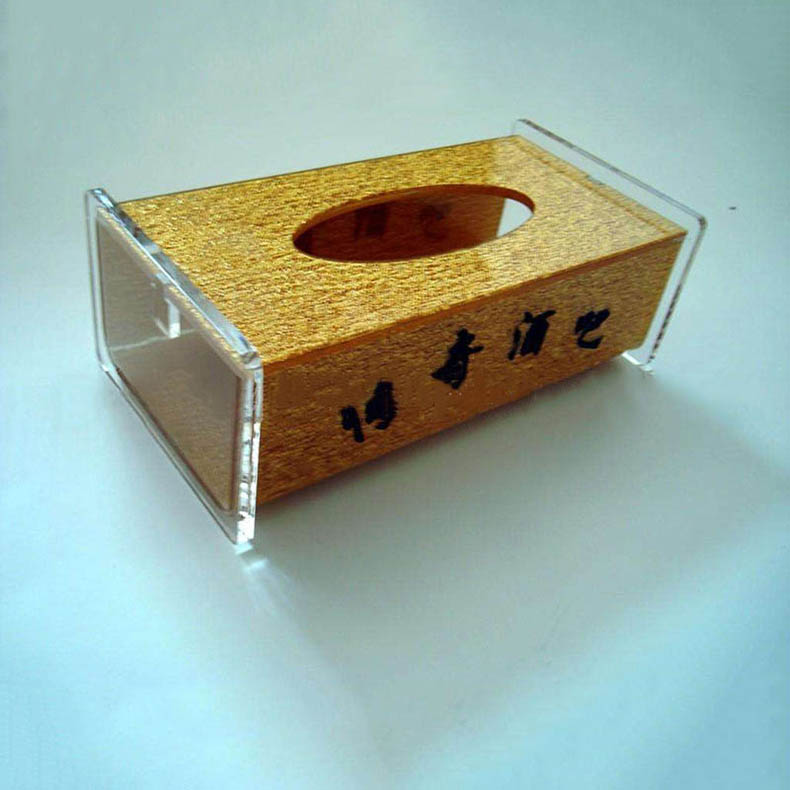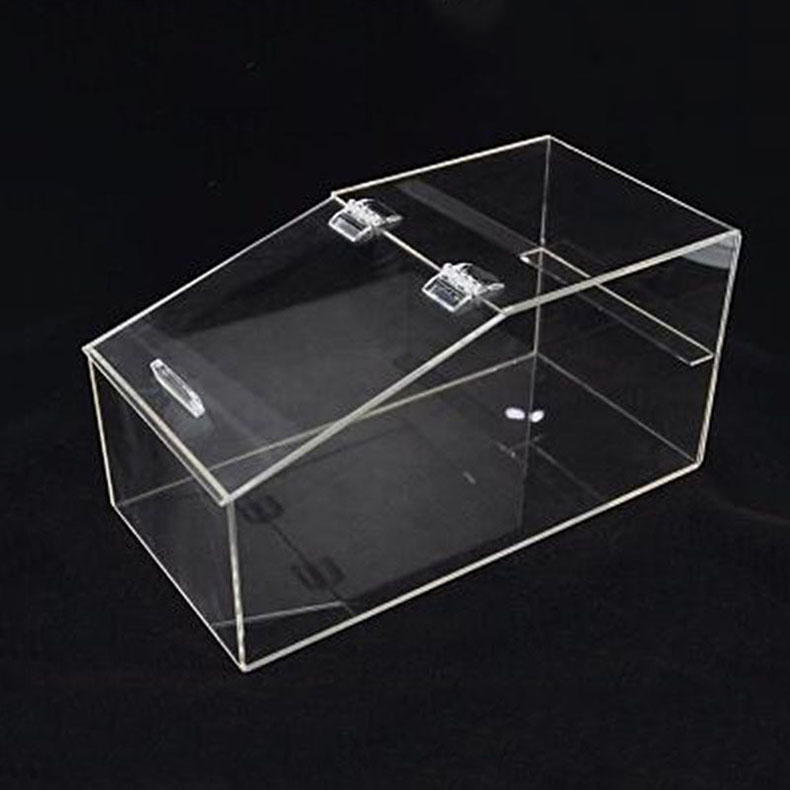Floating acrylic picture frames, often known for their sleek and modern aesthetic, have gained popularity in recent years as a stylish way to display photographs and artworks. These frames, characterized by their seemingly weightless appearance, are made through a precise manufacturing process that combines the use of high-quality materials with skilled craftsmanship. Let’s delve into the step-by-step process of how a floating acrylic picture frame is made.
1. Material Selection
The first step in the production of a floating acrylic picture frame is the selection of materials. High-grade acrylic sheets are chosen for their clarity, durability, and resistance to yellowing over time. These sheets, often referred to as plexiglass, are available in various thicknesses, allowing for customization based on the desired look and feel of the final product.
2. Design and Measurement
Once the materials are selected, the next step is to determine the size and shape of the frame. Precise measurements are taken to ensure that the acrylic sheet will fit perfectly around the photograph or artwork it is meant to display. Design elements such as the width of the border and the overall dimensions of the frame are carefully considered to achieve the desired aesthetic.
3. Cutting and Shaping
Using specialized tools and machinery, the acrylic sheet is cut to the specified size and shape. This process requires precision to ensure clean, straight edges that will give the frame its structural integrity. Depending on the design, the sheet may also be shaped or contoured to create unique or curved frames.
4. Polishing and Buffing
After cutting, the edges of the acrylic sheet are polished and buffed to remove any roughness or imperfections. This step is crucial as it not only enhances the appearance of the frame but also ensures that it is safe to handle without fear of scratches or snags.
5. Assembly
The next phase in the production process is the assembly of the frame. This typically involves attaching standoffs or spacers to the back of the acrylic sheet, creating a gap between the sheet and the wall when hung. This gap gives the frame its “floating” effect, making it appear as if the photograph or artwork is suspended in mid-air. The standoffs are securely fastened using adhesives or screws, depending on the specific design and materials used.
6. Inserting the Photograph or Artwork
Once the frame is assembled, the photograph or artwork is carefully inserted into the space created by the standoffs. This process requires precision to ensure that the image is centered and aligned within the frame. Depending on the design, the photograph may be held in place by clips, magnets, or other securement methods.
7. Quality Control
Throughout the manufacturing process, quality control checks are performed to ensure that each frame meets the highest standards. This includes inspecting the acrylic sheets for any defects, verifying the accuracy of the cuts and shapes, and testing the structural integrity of the assembled frames. Only frames that pass these rigorous quality checks are considered ready for sale.
8. Packaging and Shipping
The final step in the production of a floating acrylic picture frame is packaging and shipping. Frames are carefully wrapped in protective materials to prevent damage during transit. They are then boxed and labeled for shipment to customers or retail locations.
In conclusion, the production of a floating acrylic picture frame involves a series of precise steps, from material selection to final packaging. Each step requires skilled craftsmanship and attention to detail to ensure that the resulting frame not only looks stylish but also stands the test of time. The end product is a beautiful and modern way to showcase photographs and artworks, adding a touch of elegance to any space.








